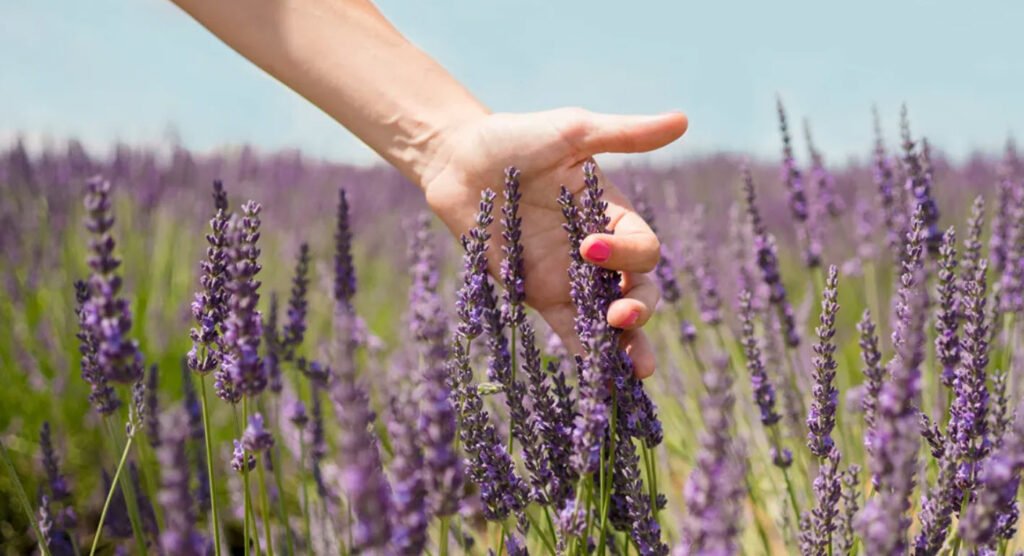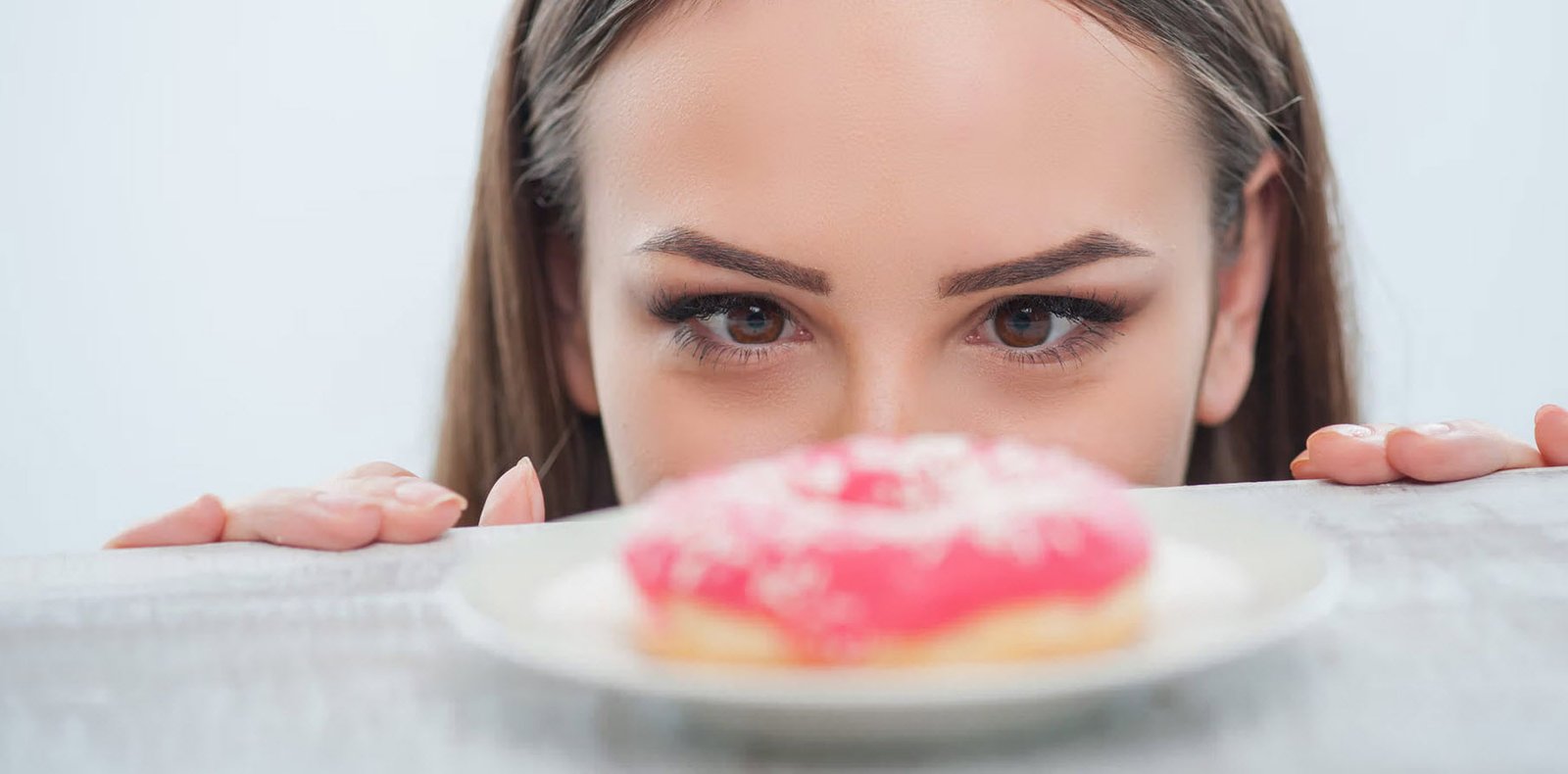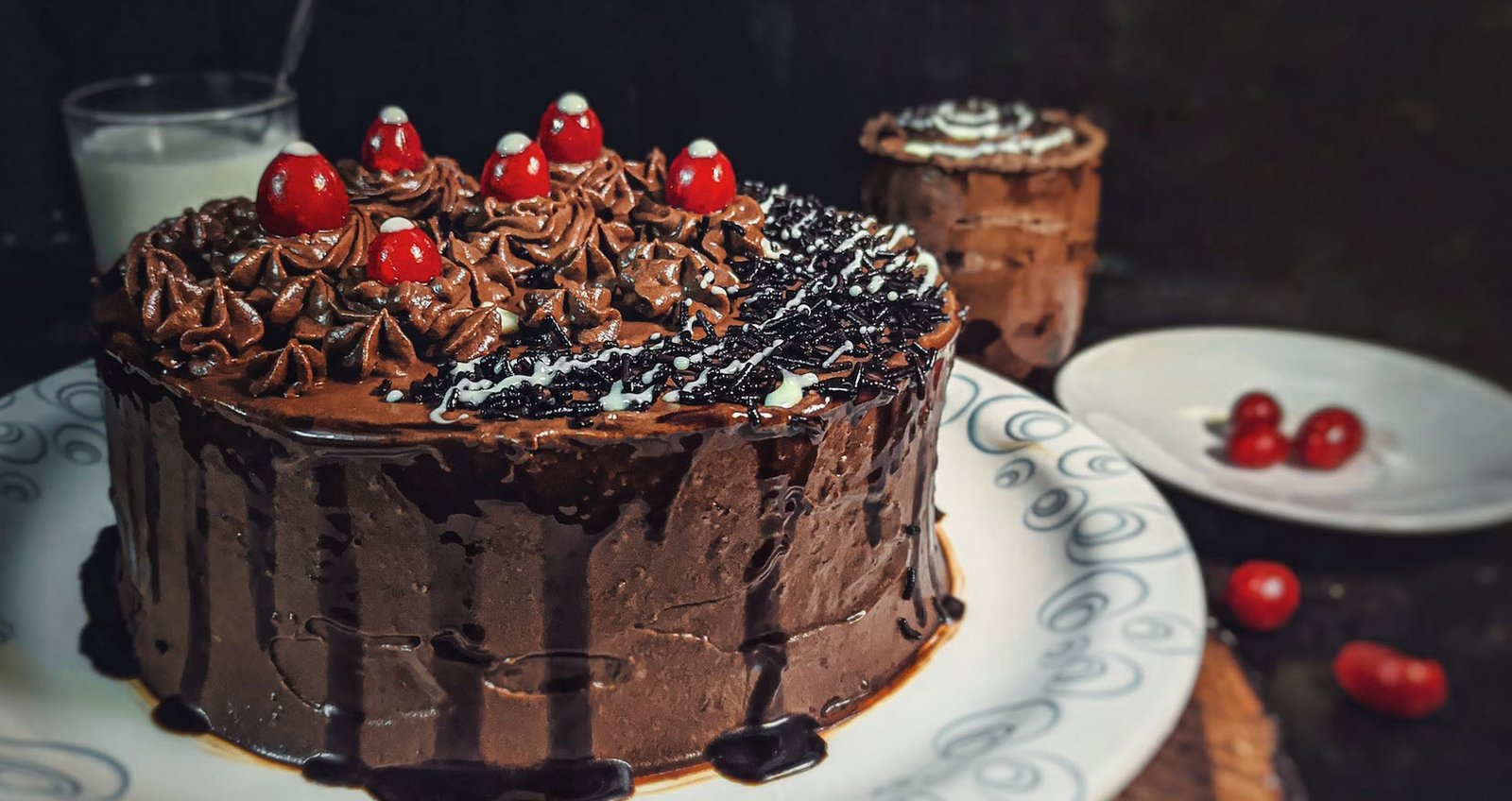
When was the last time you smelled lavender? Not lavender-scented candles, body care products, or potpourri, but real lavender? If you have savored the aroma of lavender, then you’ll know it has as many different scents as there are plants! A wild shrub growing on a sunny hillside in the rocky soil of southern France will smell different from the flowers in your garden.
The conditions in which lavender grows and the type of plant all contribute to a unique fragrance.
While we know that eating or drinking things can have an effect on our health and how we feel, lavender shows us how the simple act of smelling something can dramatically alter our mood by reducing anxiety and pain and promoting sleep.
| Other common names: | True lavender, English lavender |
| Botanical name: | Lavandula angustifolia |
| Family: | Lamiaceae (mint) |
| Parts used: | Flower buds, aerial portions |
| Energetics : | Warming |
| Taste: | Pungent, bitter |
| Plant properties: | Aromatic, antimicrobial, analgesic, relaxing nervine, carminative |
| Plant uses: | Bacterial and fungal infections, tension, poor sleep, anxiety, pain, wounds, burns, depression, headaches, dyspepsia, bug bites Plant preparations: tea, tincture, essential oil, culinary |
Lavender has long been loved for its pleasing and relaxing scent. We know that it was used by people in the Mediterranean for at least 2,500 years, and it was commonly used in bathing and laundry.
Its popularity spread through northern Europe. The beloved French king Charles VI lay on satin pillows filled with lavender, and Queen Elizabeth I of England reputedly required lavender preserves to be available daily. Judging by our continued frequent use of lavender in candles, bath products, and even detergents, lavender isn’t going out of style.
Types of Lavender
There are several species of lavender, but the best one for healing is Lavandula angustifolia, which is also commonly referred to as English lavender or true lavender. The common hybrid Lavandula x intermedia is widely cultivated for commercial use but has different properties from true lavender.
(The x in the name denotes that a plant is a hybrid.) It is often referred to as lavandin. Essential oil of lavandin is fine for adding scent to your laundry detergent, for example, but not ideal when using it as an herbal remedy.
Medicinal Properties of Lavender
If we didn’t know better, we could dismiss lavender as a good-smelling plant and leave it at that. But lavender has two stories to tell. The first is that the smell is a surprisingly important part of its medicine. The second is that this complex plant has many benefits beyond its scent.
1) For Relaxation and Sleep
Lavender has long been used to decrease anxiety, induce relaxation, and promote sleep. Herbalist Kiva Rose Hardin explains, “Lavender is appropriate as a [relaxing] nervine when a person is anxious, confused, and has a wrinkled forehead that can’t relax.
The forehead will give it away every time.” (In herbalism, a nervine is broadly used to describe an herb that affects the nervous system. Herbalists break them down into two categories: relaxing and stimulating.)
Studies have shown that simply smelling lavender can bring relief even in one of the most anxiety inducing situations: the dentist’s office! In one study, 200 people were divided into four groups and assessed for anxiety, mood, alertness, and calmness while waiting for their dentist appointment. One group smelled lavender essential oil, one group smelled orange essential oil, one group listened to music, and the control group was exposed to no scents or music. Both the lavender and orange scents were found to reduce anxiety and improve the mood of the waiting patients.
Lavender is also well known for promoting sleep. During a study in an intermediate-care hospital unit, researchers found that the patients who had the scent of lavender in their rooms all night showed modest sleep improvement and lowered blood pressure as compared to the control group. Personally, I love sinking into the scent of the lavender-filled pillow I keep on my bed—and, for the record, I sleep really well.
One study demonstrated that capsules of lavender essential oil were as effective for addressing generalized anxiety disorder (GAD) as lorazepam, a common pharmaceutical drug. Not only that, but it also has a better safety record! Unlike lorazepam and other benzodiazepines used for GAD, lavender does not cause extreme drowsiness, nor is their risk of abuse or addiction.
Are you wondering how simply smelling lavender can so dramatically change our emotions and quality of sleep? Researchers decided to investigate the effects of lavender essential oil on the autonomic and central nervous systems. As compared to the control group, participants who smelled lavender had a significant decrease in blood pressure, heart rate, and skin temperature, which means they had a decrease of autonomic nervous system arousal.
They also had stronger theta and alpha brain activities, which are the calmer, more relaxed brain waves seen during sleep and meditation. Another study showed that smelling lavender essential oil protected the body from oxidative stress and decreased levels of the stress hormone cortisol.
2) For Depression
Lavender can relieve certain types of depression. Herbalist David Winston uses lavender for people who feel they are in a fog and for those experiencing stagnant depression, which he defines as a fixation on a specific traumatic event. For these purposes, he recommends using it internally as a tea or a tincture and likes to combine it with lemon balm.
3) For Digestive Issues
Lavender is slightly warming and aromatic, so herbalists often use it for cold and stagnant digestion or for calming digestive spasms. It works well for nervous stomachs since it both helps digestion and helps to calm the nerves. Because it’s not as hot as garlic, ginger, or cayenne, it can be tolerated better by a broader range of people.
4) For Healing
In 1710 the physician William Salmon recommended that lavender be used “against the bitings of serpents, mad-dogs and other venomous creature, being given inwardly and applied poultice-wise to the parts wounded.” Herbalist Maud Grieve wrote that lavender was frequently used to treat wounds in World War I. since then, many researchers have validated its pain-relieving and antiseptic qualities.
Two different studies of women recovering from an episiotomy found that lavender essential oil applied topically was as effective as a standard antiseptic in reducing pain and preventing complications, and even better at reducing redness. Lavender oil was shown to have strong antimicrobial effects and was effective in reducing ulcers, promoting healing, and calming inflammation when used topically on canker sores.
The miraculous story of French chemist René-Maurice Gattefossé is often repeated in aromatherapy texts. He made lavender essential oil famous for healing when he used it for his own serious burns from a laboratory explosion in 1910. He reported that one rinse of the essential oil stopped the gas gangrene that was quickly covering his hands.
5) For Reducing Pain
Lavender has been used for relieving pain, especially headaches, for centuries. Herbalist Nicholas Culpeper recommended using lavender on the temples as far back as 1652. Modern research has shown that inhaling lavender essential oil is an effective way to address migraine headaches. In a study of people diagnosed with migraine headaches, out of 129 headache episodes, 92 responded entirely or partially when the subject smelled lavender essential oil.
The scent of lavender has been shown to be a safe and effective way to reduce even the pain after a cesarean. Another study of 48 post-tonsillectomy patients aged 6 to 12 years old found that those given lavender essential oil to smell used significantly less acetaminophen than those in the control group.
Applied topically, the essential oil can decrease the pain and itch associated with bug bites and bee stings. A beekeeper friend of mine keeps a bottle of lavender essential oil with her at all times so she can apply it immediately after being stung. She says it quickly reduces the pain and prevents excessive swelling. Massages with lavender essential oil were found to be effective in reducing the pain of women with painful periods.
How To Use Lavender
Our best tip for using lavender is to make sure you have real lavender; it should be labeled with the scientific name Lavandula angustifolia. (Lavandin can be used just for its pleasant scent, if desired.)
Recommended Amounts
When using lavender in food or tea, it is best used in smaller amounts. Too much lavender gives an unpleasant, bitter taste. The therapeutic amount for lavender is:
- As tea: 1 to 3 grams per day
- As tincture (dried flowers): 1:5, 70% alcohol, 1.5 to 2 mL, 3 to 4 times per day
- As essential oil: inhaled or diluted in a carrier oil for external use
Lavender essential oil is very powerful, and one should be cautious when using it externally and internally. While many people consider the oil safe to use undiluted on the skin, we’ve personally seen this method cause chemical burns. A 1% dilution in a carrier oil is safest for sensitive skin.
Lavender essential oil should be consumed only under the guidance of a trained clinician. It should not be used internally during pregnancy. Do not eat lavender from florists or garden shops. These flowers have likely been sprayed with chemicals that haven’t been approved for food use. There have been some unsubstantiated reports that lavender-scented products have adversely affected young boys due to estrogenic effects. These isolated cases have been questioned.
Lavender Bath Salts
One of our favorite ways to relax and relieve stress is to take a lavender bath. This blend is especially suited to muscle aches and pains. We add a lot of salts to the bath to make it therapeutic, as we’ve found the small amount of salts that some recipes call for to be ineffective. To cut down on cost, look for sea salt and Epsom salts being sold in bulk. You can find Epsom salts at many drugstores, or order them online.
Yield: 3 cups salts for 1 bath
- 1 cup sea salt
- 2 cups Epsom salts
- 20 to 30 drops lavender essential oil
Mix all the ingredients together in a large bowl. Use immediately or store the salts in an airtight container for later use.
To use: Add the entire batch to a bath of warm water, and soak as long as desired. We suggest taking a quick shower afterward to rinse off the salts.
Lavender and Clay Facial
These three simple ingredients combine to create a luxurious facial spa experience without any strange additives. Practically any cosmetic clay will work.
Hydrosols are a by-product of essential oil creation. When plants are steam-distilled, the oils are extracted and the water from the steam becomes the hydrosol, which has picked up unique properties from the plant. You can find them at online retailers listed in the Recommended Resources. Plain water can also be used in place of the lavender hydrosol.
Yield: 1 generous application (enough to thickly coat your face and neck), or 2 applications spread more thinly
- 1 tablespoon lavender flowers
- 2 tablespoons cosmetic clay lavender hydrosol
Directions:
- Powder the lavender flowers and mix together with the clay. Add small amounts of lavender hydrosol slowly, stirring and checking the consistency after every addition. You want the end product to be a thick paste that spreads easily.
- Spread the mixture on clean skin. Cover your face as well as your neck, if desired. Let sit until the mixture dries, about 15 minutes depending on thickness.
- Rinse the mask off with warm water. Pat dry, and follow up with Elderflower Facial Serum or Green Tea and Rose Facial Cream, if desired.
Lavender and Orange Custard
His is a simple yet delicious custard that pairs the relaxing flavor of lavender with the bright citrus flavor of orange. This is a great dessert to make a day ahead for a stress-free dinner party. If you don’t have access to vanilla bean powder, substitute 1 teaspoon of vanilla extract.
Yield: 5 servings
- 2 cups whole milk
- 1 tablespoon dried lavender flowers
- 4 eggs
- ⅓ cup honey
- ½ teaspoon salt
- 1 teaspoon vanilla bean powder
- 1 teaspoon organic orange extract
Directions:
- Add the milk and lavender to a saucepan, and heat on medium-low until the milk starts to bubble, about 10 minutes. Turn off the heat and let the lavender infuse for another 10 minutes. Strain out the lavender, and let the milk cool for about 20 minutes.
- While the milk is cooling, preheat the oven to 350ºF. In a separate bowl, mix together the eggs, honey, salt, vanilla bean powder, and orange extract until well combined. (Do not beat the eggs; you don’t want to them to be fluffy.)
- Once the milk has cooled, slowly add it to the egg mixture, stirring constantly.
- Fill five 6-ounce ramekins with the custard, and place them in a deep baking dish. Pour hot water into the baking dish until the water reaches halfway up the sides of the ramekins.
- Place the baking dish in the oven and bake for 30 minutes. The custard is done when it has just a very slight jiggle and the top shows some hints of darkness.
- Remove from the oven, let cool completely, and then store in the fridge overnight. Serve cold.
- Delicious Heart-Healthy Fruits and Vegetables to Include in Your Diet
- The Health Benefits of Concord Grape Juice
- Understanding Food Cravings – What Do They Mean?
- The Healthiest Seafood to Incorporate into Your Diet
- Top 12 Vegetarian Protein Sources You Need To Know
- 5 Heart-Healthy Nutrients Beyond Fish Oil
- Best 16 Christmas Candies, Cakes and Puddings
- Six Important Medicinal Properties of Ashwagandha
- Top Benefits and Medicinal Properties of Peppermint
- Top 10 Best Indian Food in West Delhi








